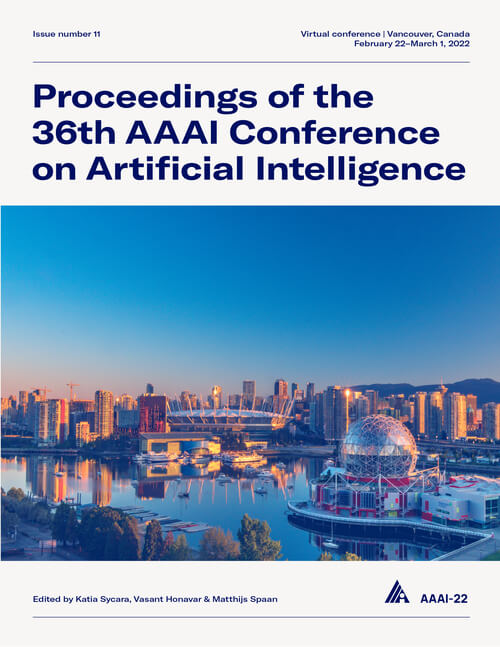OneRel: Joint Entity and Relation Extraction with One Module in One Step
DOI:
https://doi.org/10.1609/aaai.v36i10.21379Keywords:
Speech & Natural Language Processing (SNLP)Abstract
Joint entity and relation extraction is an essential task in natural language processing and knowledge graph construction. Existing approaches usually decompose the joint extraction task into several basic modules or processing steps to make it easy to conduct. However, such a paradigm ignores the fact that the three elements of a triple are interdependent and indivisible. Therefore, previous joint methods suffer from the problems of cascading errors and redundant information. To address these issues, in this paper, we propose a novel joint entity and relation extraction model, named OneRel, which casts joint extraction as a fine-grained triple classification problem. Specifically, our model consists of a scoring-based classifier and a relation-specific horns tagging strategy. The former evaluates whether a token pair and a relation belong to a factual triple. The latter ensures a simple but effective decoding process. Extensive experimental results on two widely used datasets demonstrate that the proposed method performs better than the state-of-the-art baselines, and delivers consistent performance gain on complex scenarios of various overlapping patterns and multiple triples.Downloads
Published
2022-06-28
How to Cite
Shang, Y.-M., Huang, H., & Mao, X. (2022). OneRel: Joint Entity and Relation Extraction with One Module in One Step. Proceedings of the AAAI Conference on Artificial Intelligence, 36(10), 11285-11293. https://doi.org/10.1609/aaai.v36i10.21379
Issue
Section
AAAI Technical Track on Speech and Natural Language Processing

